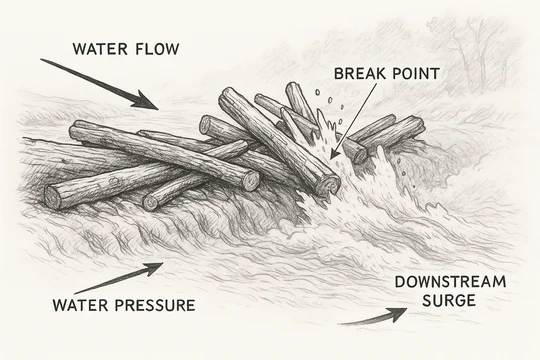
How many amended complaints does it take before your infringement claims are dismissed with prejudice? As it turns out, it might only be two.
Last July, Magistrate Judge Fallon issued an R&R recommending partial dismissal of a patentee's amended complaint under Twombly and Iqbal (the complaint was amended in response to an earlier motion to dismiss). The plaintiff sought leave to amend its complaint a second time, which the court granted.
But instead of correcting the problems with the first amended complaint, Judge Fallon found that the plaintiff simply repeated them—bringing allegations that were "conclusory" and "lack[ed] any plausible facts supporting such a conclusion."
Perhaps an even bigger issue, though, was the fact that the plaintiff asked the court to amend the complaint again on the fly:
In its answering brief, Uniloc invites the court to “deem the SAC so amended” should the court consider “it necessary to add to the SAC ‘Therefore, Gusto controls the CDN’—which Gusto obviously does.” (D.I. 35 at 6) However, Uniloc fails to explain to the court, with citations to allegations in the SAC, why it is “obvious” that Gusto necessarily controls the CDN based on its alleged control of the CMS and other servers. (D.I. 35) Instead, Uniloc relies on materials not mentioned in the SAC and improperly attempts to amend the SAC in an opposition brief.
Then, because this was the plaintiff's "third attempt to plausibly plead the claims in issue[,]" Judge Fallon recommended dismissal with prejudice.
What would have happened if the plaintiff had moved for leave to amend (instead of doubling down on another motion to dismiss)? A motion for leave might have been denied anyway, but trying to amend via an answering brief certainly didn't help the cause.
If you enjoyed this post, consider subscribing to receive free e-mail updates about new posts.






